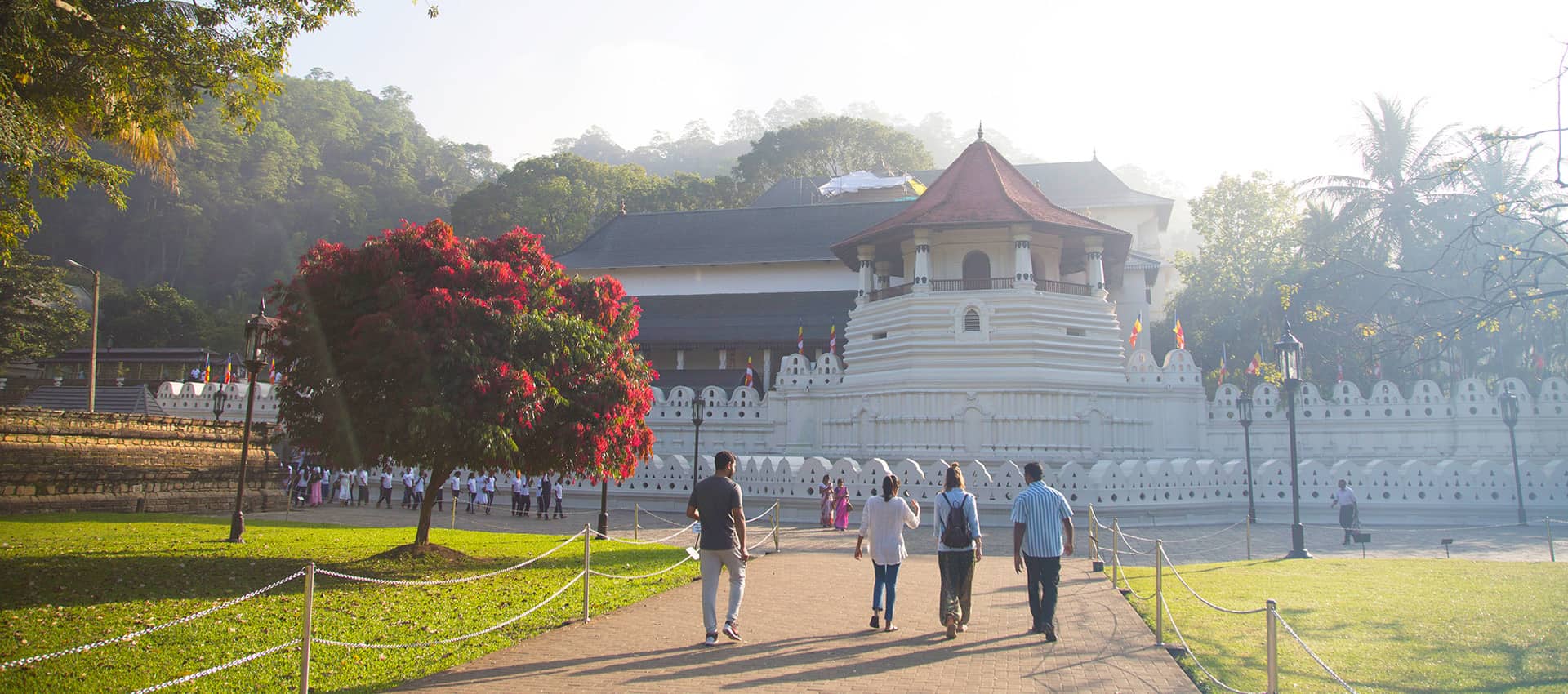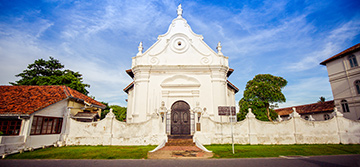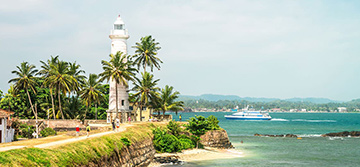Galle Fort is undoubtedly one of the best places in the island for exploring architecture in Sri Lanka, especially the impact European colonial powers had on the country’s buildings in terms of religion and design. The introduction of Christianity by the Portuguese in the 16th century led to the construction of many churches in Sri Lanka, a trend continued by the Dutch, and elements of European design are widely recognisable throughout the island, such as the wide, open verandas which wrap around old houses.
Now a UNESCO World Heritage Site, Galle Fort was first constructed by the Portuguese in 1588 to help defend their claim on this prized naval position, but was largely rebuilt by the Dutch in the 17th century, who added substantial extra features including several bastions and a fortified gate and drawbridge. Today it stands in testimony to the architectural skill of the Dutch, and also as a reminder of the large-scale impact the European colonists had on the culture and history of Sri Lanka.
The British left behind a scattering of administration buildings, including a printing press – now the boutique hotel Fort Printers – and a post office. They also erected the iconic New Oriental Hotel (now called Amangalla) which still exudes old-world charm and a colonial grandeur and is the most luxurious property within the Fort walls.
Go on our guided walking tour of Galle Fort and learn about its fascinating history whilst exploring the various interesting architectural features of buildings spanning four centuries. Stroll along the ramparts, explore the historic structures which line the streets and marvel at the beautiful designs of the churches, temples and mosques which all sit harmoniously side-by-side.





